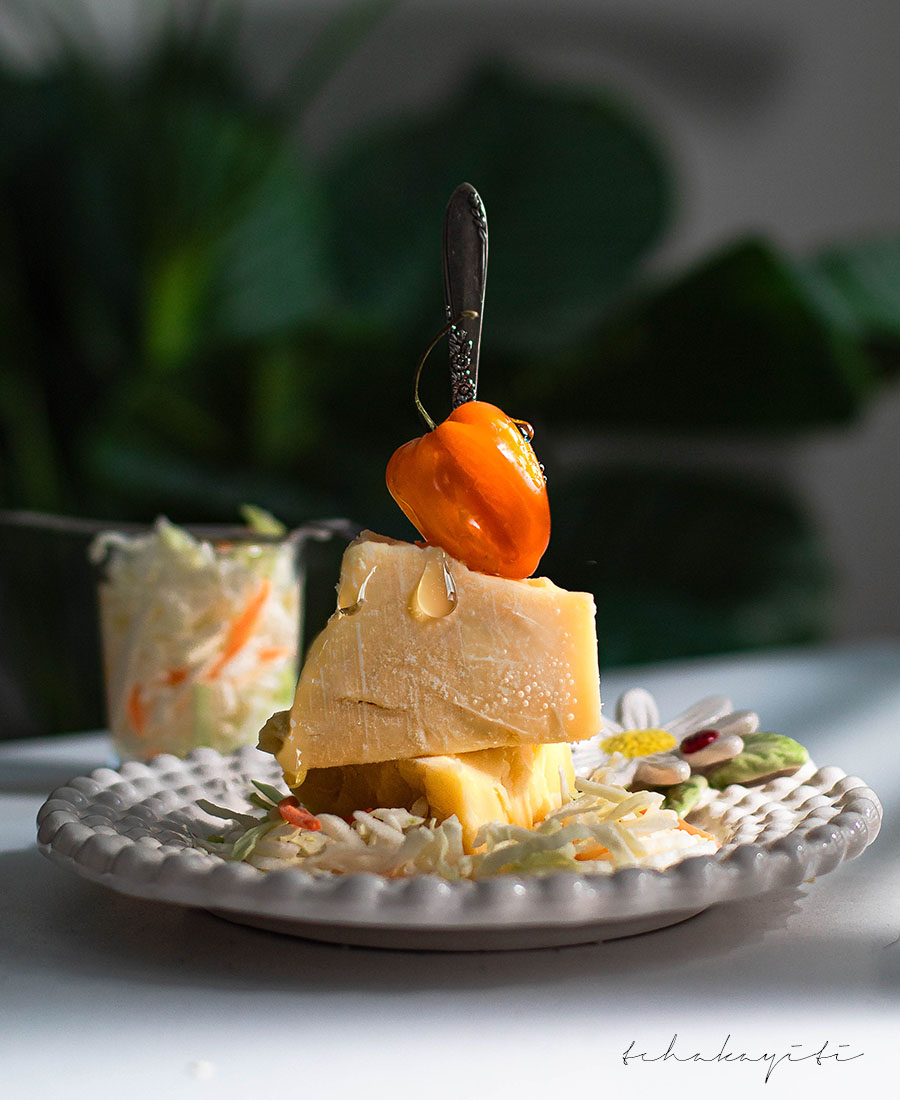Don’t take this title too literally. When I talk about Friday pate kode, I am not actually referring to every single Friday. Nor am I implying that all Haitians eat these fried staples on a weekly basis. Instead, I am referring to a time that is now long gone. I am traveling down memory lane. Fifteen years back to be exact.
I was a high school senior at the time. Just like the seniors before us, the class of 2005 I was a part of had its own entrepreneurial ventures. The Friday one involved a mini snack bar during our quick 20-minute recess. The key selling item on our menu: these Haitian street foods known as pate kòde.
Akin to the Hispanic empanadas, these fried dough goodies stuffed with spicy salted smoked herring were a success.
We quickly ran out of them every Friday. They disappeared from our stall in a matter of seconds. Thing is, they were the best thing yet. Unlike most pate kòde, ours were not drenched in frying oil. As for the stuffing, it was on point. The salted smoked herring was well-seasoned with just the right amount of heat. And yes, by heat I definitely mean piment bouc.

I have never been able to forget those pate kode in particular. To this day, my taste buds still long for them. Unfortunately, I wouldn’t know where to get them from. I never knew the cook. Neither did most of my classmates. We never met her. We had found out about that street merchant through one of our classmates who religiously placed the orders for us and brought them to school for our bake sales. None of us ever tried to find out more about her. But today, I wish I had done so. So much has changed since those high school days. Too much.
Today, the word pate kode seems to refer to a plethora of flavors.
I am even tempted to say it has acquired a whole new meaning. See, when we ordered our pate kòde 15 years ago, we didn’t have to request the herring stuffing. It was implied. But that is no longer the case. This Haitian food as evolved. In this new pate kòde era, a pate kòde has become everything but the simple salted smoked herring stuffed fried dough I grew up with. When you place a pate kòde order you have to confirm the type of stuffing you want. Otherwise, you may be served something you did not want. Like a hot dog and boiled egg stuffed pate, for example.
I will never forget when that happened to me. I was shocked. Even more so because those around me seemed to be convinced that the herring version I was hoping for was not the real deal. Yet, that was the pate kòde I grew up with. It was the one we bought from that street merchant, and the same one a cook from my dad’s office cafeteria used to prepare for the staff on Saturdays when I was eight or ten. I don’t know when that changed. But it definitely did. And I must confess, I miss those days when I did not need to specify which pate kòde I wanted.
It is both that longing for an exact replica of those pate kòde and the evolution of this staple that encouraged me to try and prepare them myself. The pate kode I am serving you today are the closest thing to the ones I grew up with.

Haitian smoked herring pate kode
The dough recipe below is simple. It only calls for flour, water and salt. This may seem odd, but it is the closest thing to our street pate kode.
Ingredients
For the dough
- 2 cups of flour
- 1 cup of water
- 1 tsp of salt
For the herring
- Hareng Saur Salted Smoked Herring
- Onion
- Shallots
- Bell Pepper
- Piment Bouc
- Black Peppercorn
- Garlic
- Oil for frying
For the pate kode
- Prepared herring
- Prepared dough
- Flour for dusting
- Oil for frying
- Pikliz optional
Instructions
For the dough
- Mix all the ingredients in a bowl
- Knead the dough with your hands until it becomes elastic. It will be ready when the dough bounces back after being poked
- Let rest for an hour or so
For the herring
- Soak your herring in some cold water for at least one hour
- Chop the onions, shallots, bell pepper, piment bouc and garlic
- Drain the herring and flake it using a knife or scissors (I prefer scissors)
- Heat your oil in a frying pot
- Drop the herring in the hot oil and fry for a few minutes.
- Be careful not to leave it too long so the herring doesn’t dry out and turn crispy
- Add the chopped ingredients, the peppercorn and the piment bouc
- Cook for a few minutes just long enough for the onions to become translucent
For the pate kode
- Roll the dough down on a floured surface
- Cut the flattened dough in circles using a cookie cutter
- Drop a spoonful of prepared herring and some pikliz (optional) onto the dough
- Fold it in half
- Press the edges with a fork to make sure both sides stick together
- Heat a generous amount of oil in a pot
- Fry the pate kode until they turn golden
- Serve with some pikliz on the side (if you haven’t stuffed the pate with some)








4 Comments
Best basic recipe of pate kode… Some people try to make sound like it is foie gras but pate kode is what it is a basic street food… and I use your recipe to make this enjoyable haitian street food every weekend….
Thank you! I like this story and recipe.
Comme je vous comprends.
Pour moi aussi, le pâté kodé c’est avec du hareng saur. Aujourd’hui quand je cherche une recette de pâté kodé sur le net tant sur les blog que sur les vidéos Youtube c’est toujours oeuf et hot dog. Bien sûr on peut évoluer je n’ai rien contre, il y a tant de saveurs à explorer, mais c’est dommage qu’on ne sache même plus ce qu’est la recette traditionnelle. Le reste devrait être qualifié de “variante”.
J’ai le même problème avec le crémas qu’on trouve aujourd’hui sans lait de coco. Quel sacrilège !
Je partage absolument votre avis! Je ne suis pas contre les innovations culinaires SAUF quand elles se font au détriment de la tradition, ce qui est malheureusement le cas pour nos pâte kòde et le crémas comme vous l’avez mentionné. Le crémas, le vrai, le crémas au coco est quasiment introuvable de nos jours. il y a beaucoup de travail à faire pour préserver nos recettes traditionnelles.